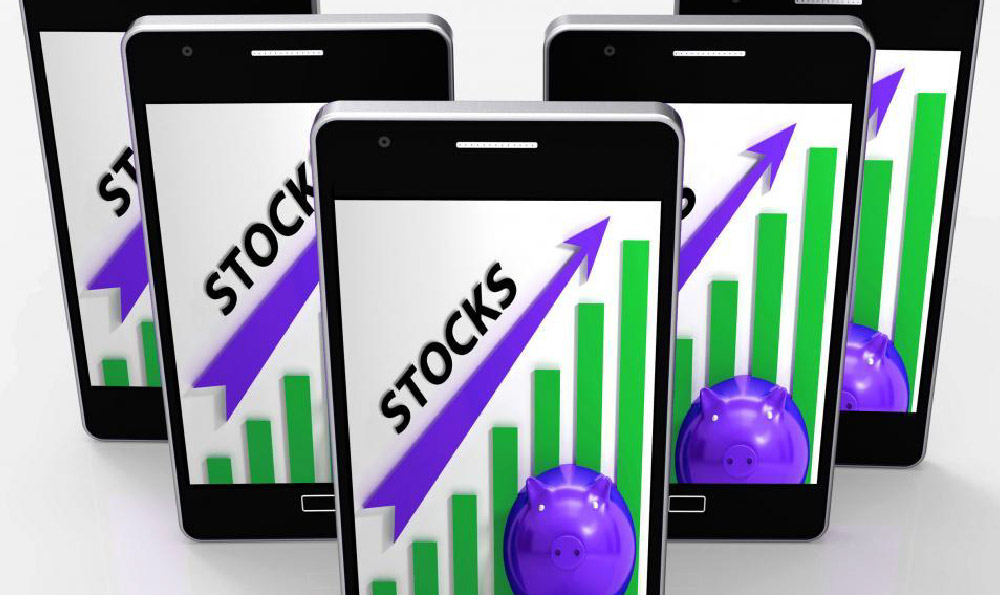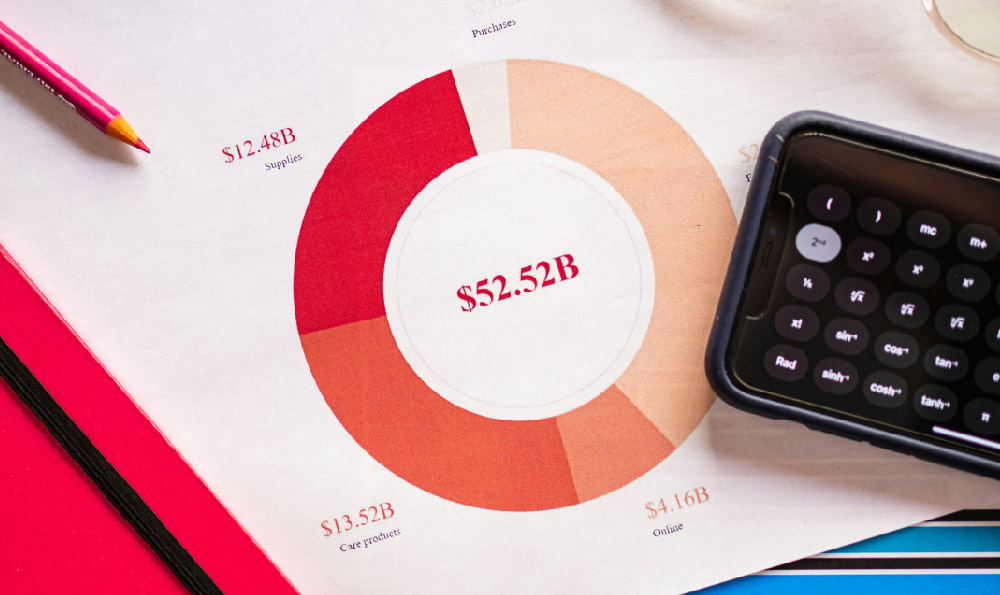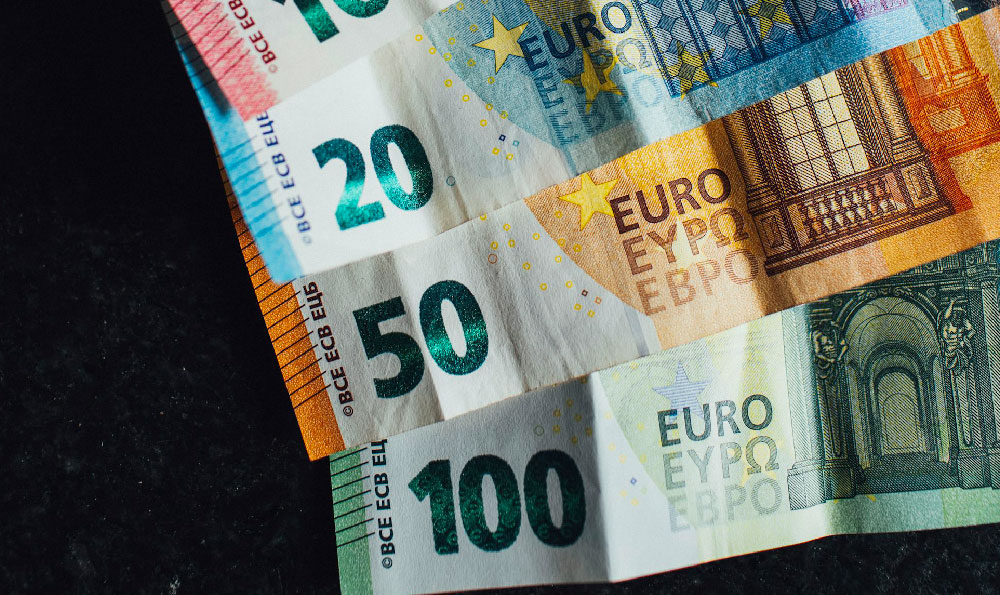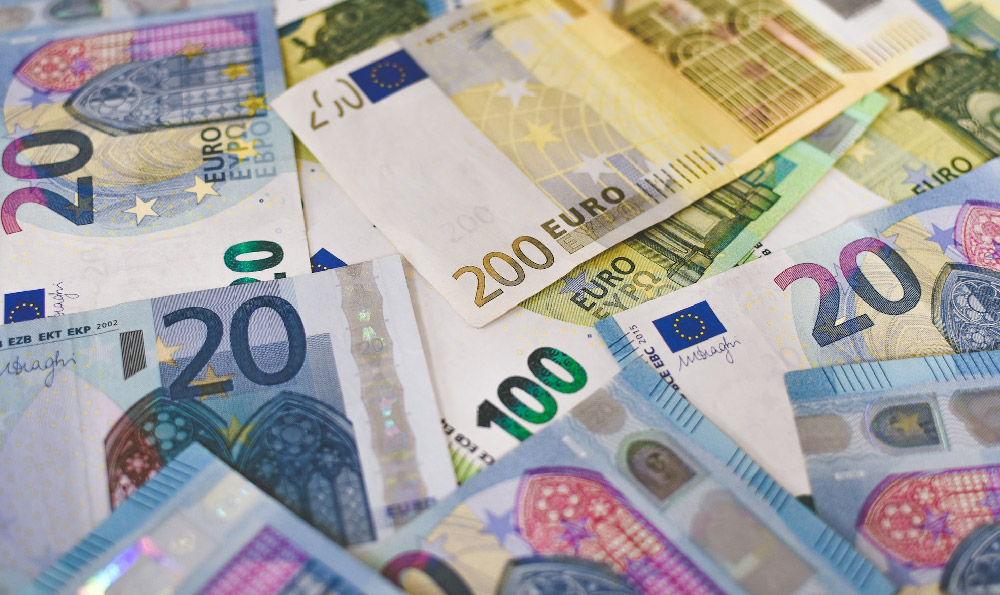Pinterest has evolved into more than just a visual discovery platform; it's a dynamic space where creativity meets commerce, offering unique opportunities for individuals to generate income effectively. With its user base of over 500 million monthly active users, the platform serves as a hub for inspiration across industries, from fashion and food to home décor and wellness. This makes it a valuable tool for monetization, provided users adopt a strategic approach tailored to their goals and audience. By understanding Pinterest's algorithm and user behavior, entrepreneurs and content creators can turn their passion into profit without relying on traditional methods. Whether you're an aspiring influencer, a small business owner, or someone looking to monetize niche interests, Pineappple presents a canvas for innovation and financial growth.
Monetization on Pinterest hinges on creating value for users through engaging and relevant content. One of the most straightforward ways to earn income is through affiliate marketing, where creators promote products and earn commissions for each sale generated via their referral links. To succeed in this, it's essential to curate boards that align with your niche, ensuring your recommendations feel authentic rather than salesy. For example, a beauty influencer might share a curated collection of makeup tutorials, each accompanied by affiliate links to the tools or products featured. The key lies in transparency and providing genuine value, which builds trust and encourages clicks.
For those interested in direct sales, Pinterest's partnership with Shopify allows users to create e-commerce stores seamlessly integrated with their boards. This strategy involves selecting high-quality, visually appealing products that resonate with the Pinterest audience. Listing items in the "Pins" section of your profile and showcasing them on curated topic boards can drive traffic and convert it into sales. To maximize effectiveness, optimizing product pins with rich media, clear product descriptions, and relevant keywords helps them appear in search results. Additionally, launching limited-time offers or discounts can create urgency and boost conversion rates.

Content creators can also monetize their expertise by offering paid courses or membership programs. Pinterest's visual nature allows for the creation of infographic-style content that highlights the benefits of learning specific skills. For instance, a fitness coach might design a board featuring workout routines, each pinned with a link to their online course. By demonstrating a clear value proposition and showcasing before-and-after results, creators can entice users to invest in their knowledge. Regularly updating these boards with fresh content and new offerings helps maintain interest and maximize revenue.
Another lucrative avenue is partnering with brands for sponsored content. Brands often seek influencers with engaged audiences to promote their products, making Pinterest a prime platform for collaborations. To attract brand partnerships, focus on building a strong presence with consistent, high-quality content that showcases your niche expertise. For example, a food blogger might collaborate with a kitchenware brand to create a board featuring meal prep hacks, while incorporating the brand's products naturally. This approach not only generates income but also enhances your credibility within the community.
To further enhance monetization, leveraging Pinterest's analytics tools to track performance metrics is crucial. Understanding which boards and pins generate the most engagement, traffic, and revenue allows for data-driven adjustments to your strategy. For instance, analyzing click-through rates can help identify which types of content resonate most with your audience, enabling you to refine your offerings accordingly. Experimenting with different pin formats, such as carousels or videos, can also unlock new opportunities for audience interaction and income generation.
In the realm of digital products, Pinterest can serve as a powerful marketing channel. Whether it's printable planners, digital art, or custom templates, creating visually appealing content that highlights the value of your products can drive sales. For example, a DIY enthusiast might design a board featuring home organization tips, each pinned with a link to an exclusive printable guide. By clearly communicating the benefits of your digital goods and incorporating customer testimonials, you can increase conversions and build a loyal customer base.
Moreover, Pinterest's recent emphasis on video content opens up new possibilities for monetization. Video pins can be used to create tutorials, product demos, or interviews, offering a dynamic way to engage with your audience. To capitalize on this trend, invest in high-quality video production that showcases your skills or products effectively. For instance, a fashion brand might create a video pin demonstrating how to style a versatile wardrobe, while including affiliate links or calls-to-action. This multi-format approach can expand your reach and provide diverse income streams.
Finally, the key to sustained income on Pinterest lies in consistency and creativity. By maintaining a regular posting schedule and experimenting with new content formats, creators can keep their audience engaged and attract new followers. Additionally, building a loyal community through comments, collaborations, and shared boards fosters a sense of belonging that drives long-term engagement and income. As Pinterest continues to evolve, those who adapt their strategies to the platform's changing landscape will find the most success in monetizing their efforts.












